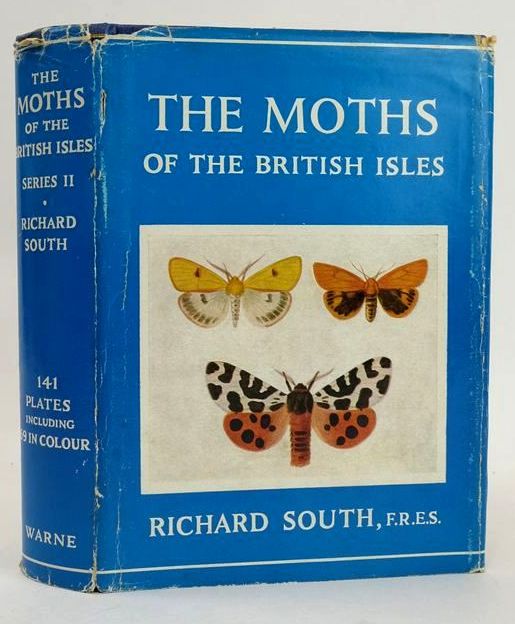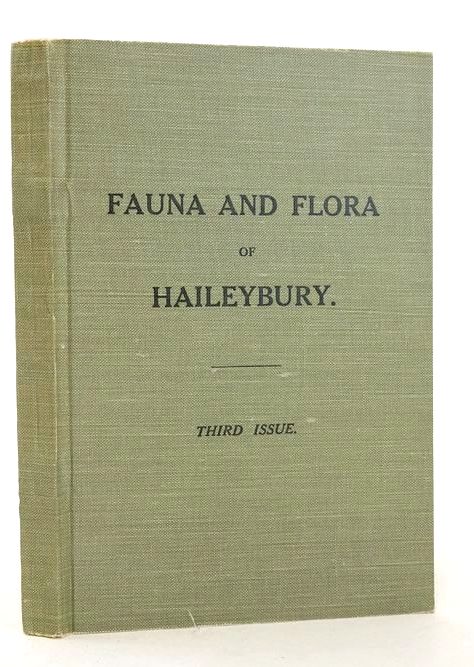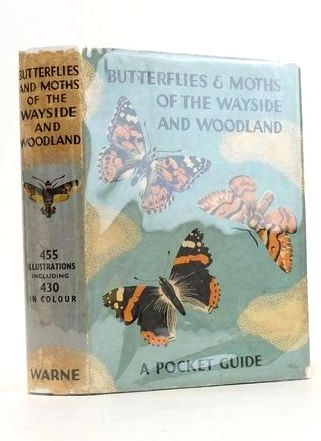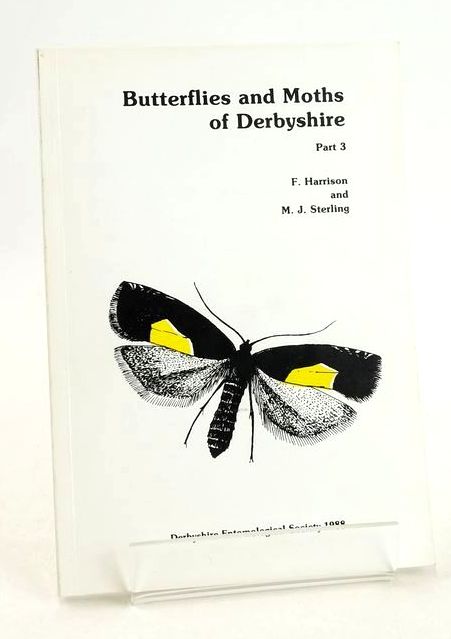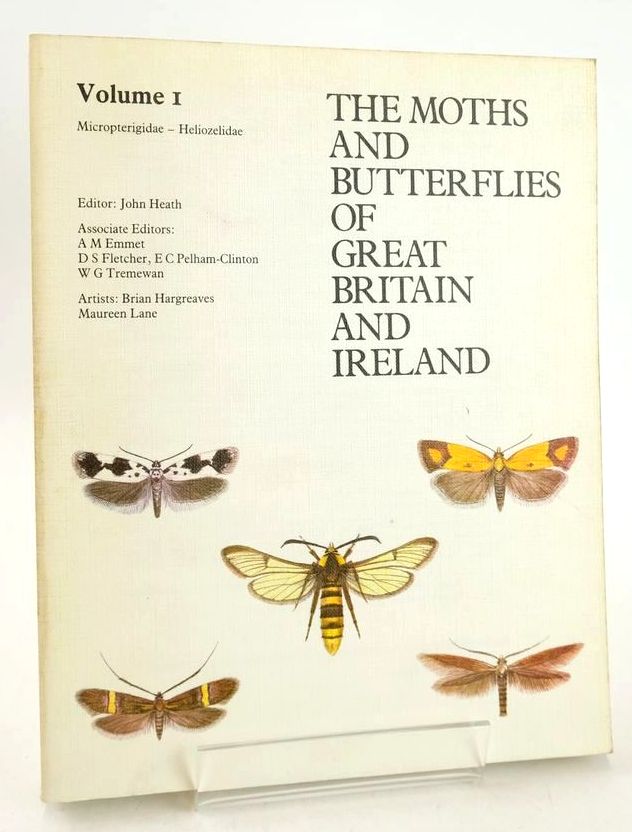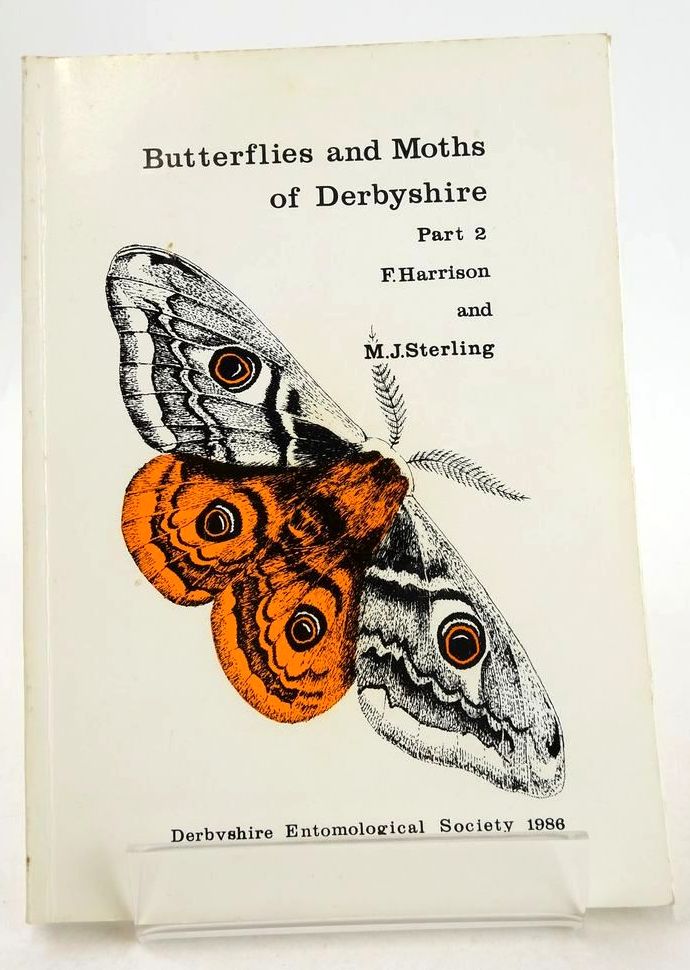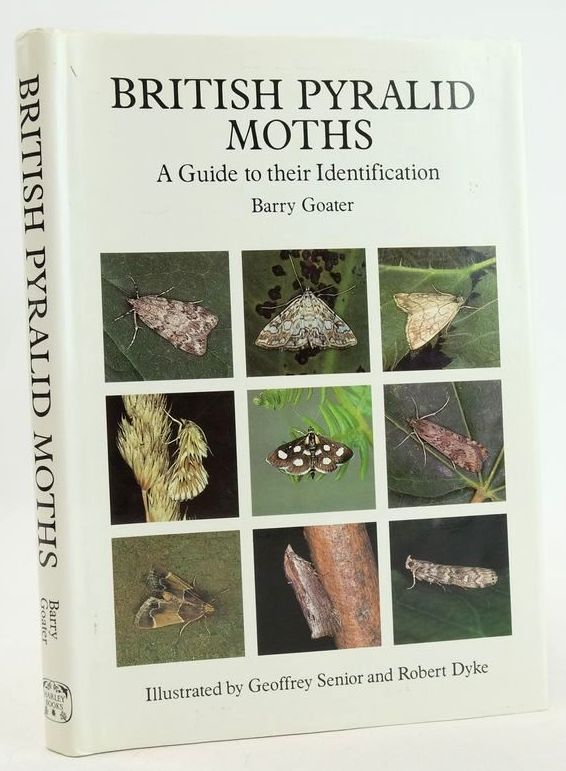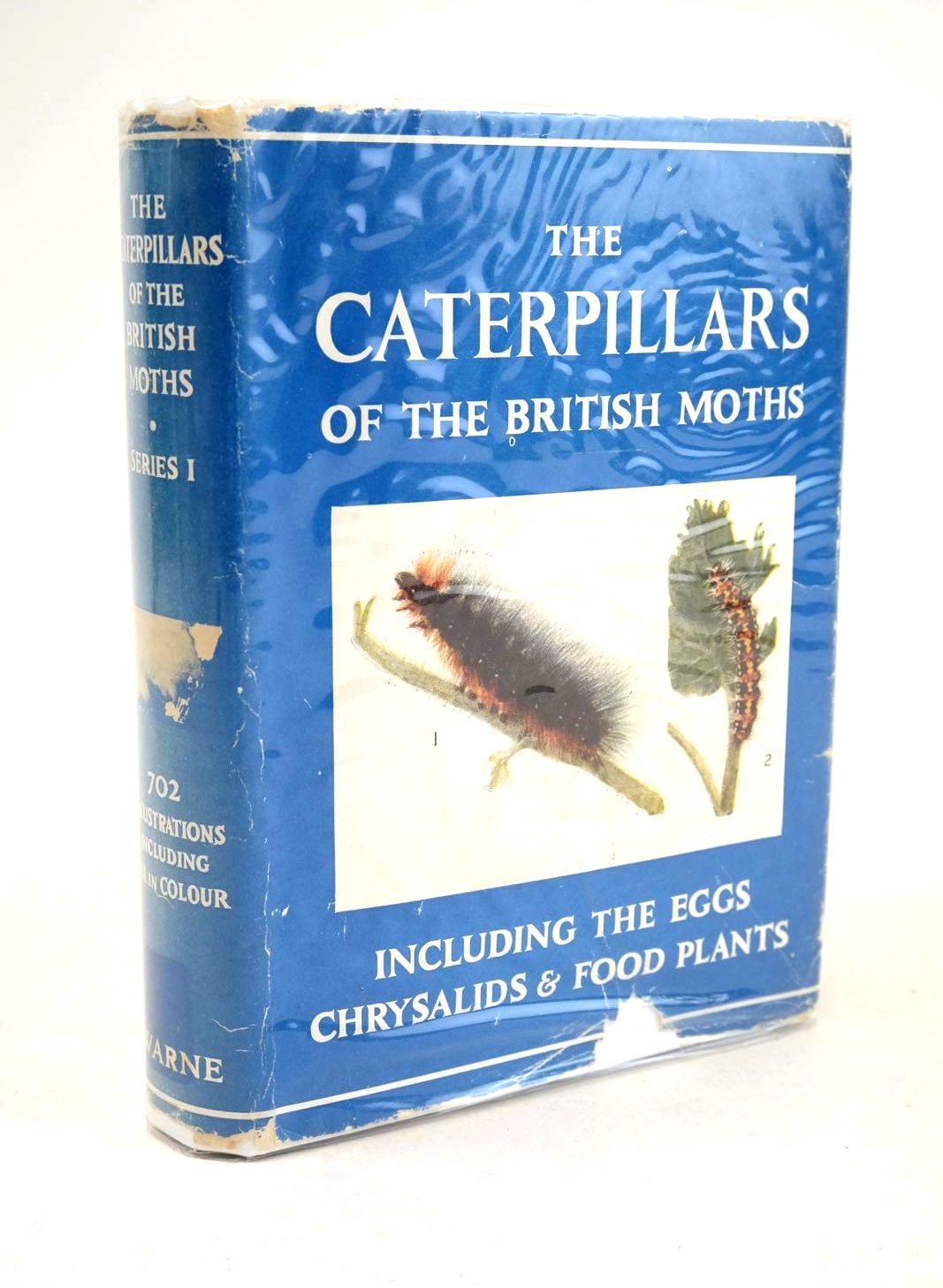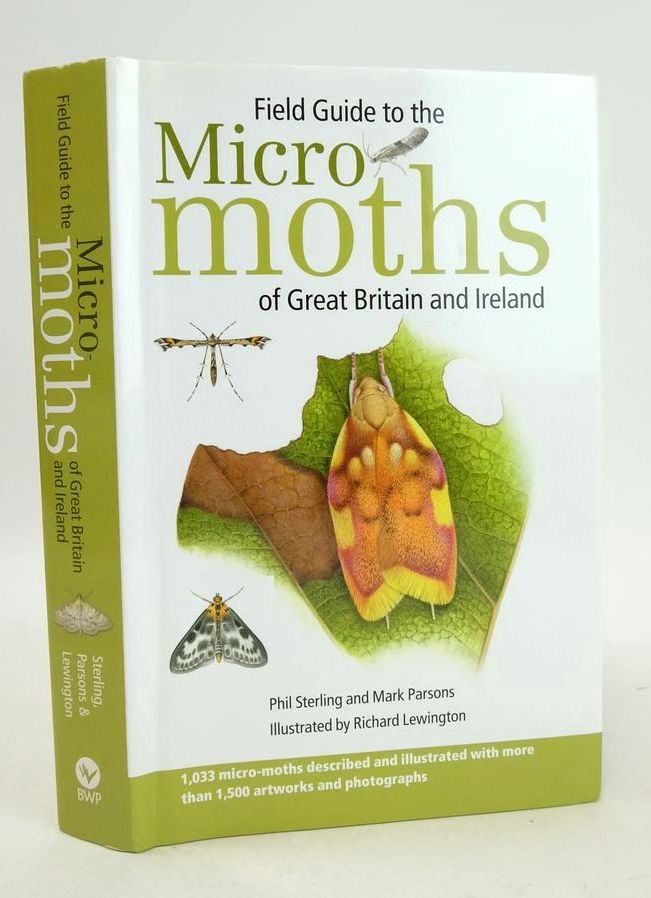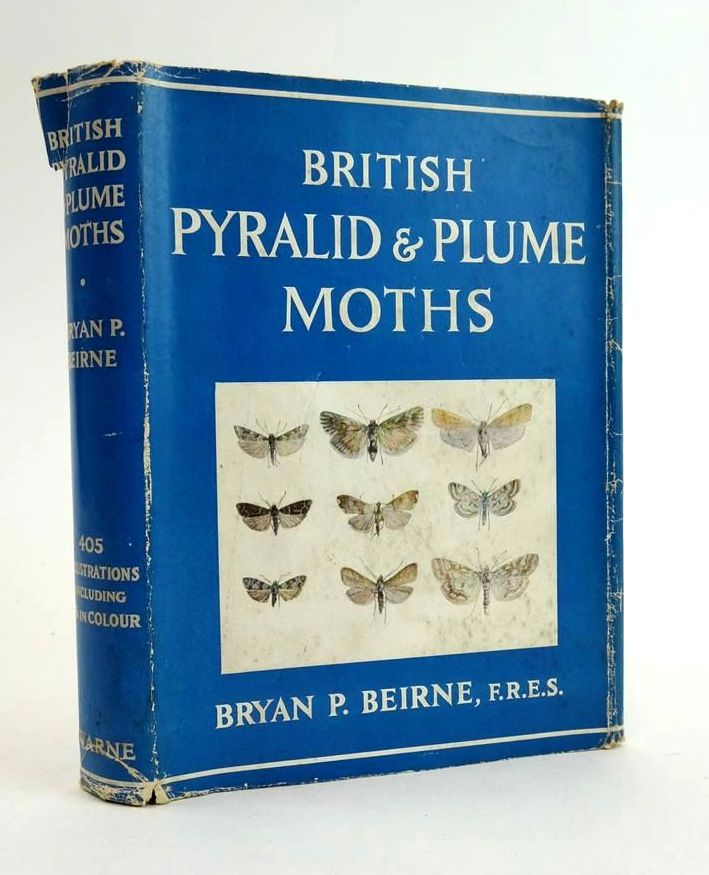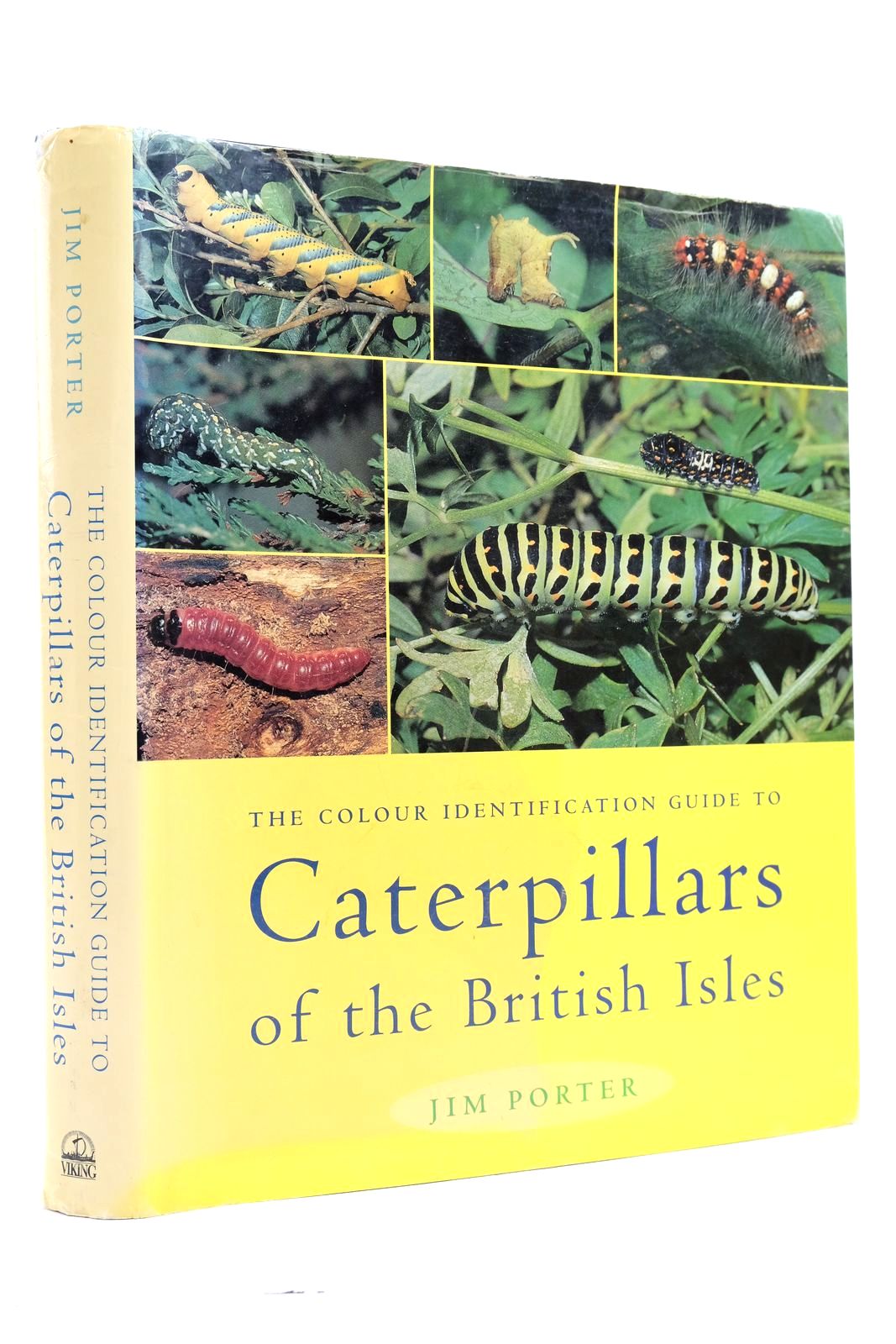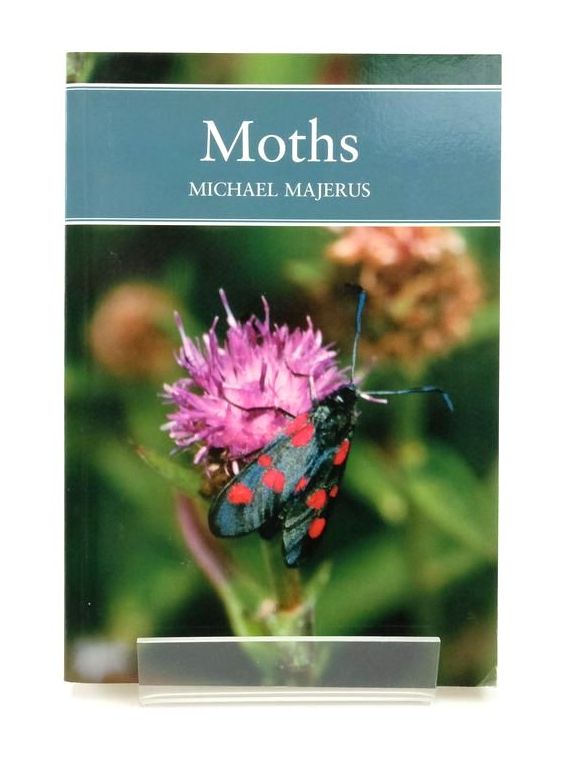Isaac and the Midnight Jewels
"Most people love butterflies and hate moths," he said. "But moths are more interesting - more engaging.”
Thomas Harris, The Silence of the Lambs
One of the wonders of grand-children (and they are so many that I have neither the time nor talent to do them justice) is that they can take our imagination by the hand and lead us down paths of curiosity we haven’t known since we were young ourselves.
“What are moths, Pompar?” A simple enough question from a six year old but, just as the attention of the bee stimulates a flower to offer nectar, suddenly my childhood fascination with these mysterious creatures of the night sky came flooding back. Luckily, it was late August and Isaac was staying with us for a while over the holidays. Here was a golden opportunity for Isaac and I to do something together.
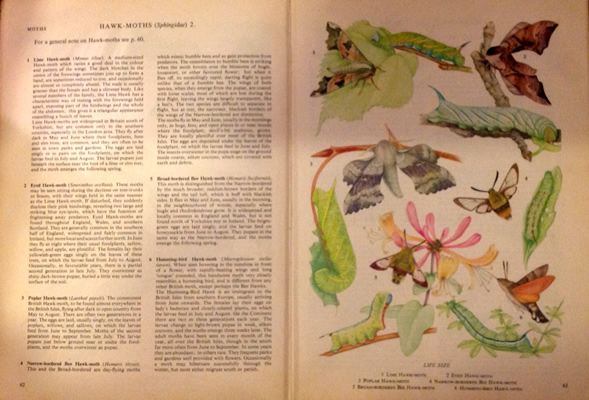
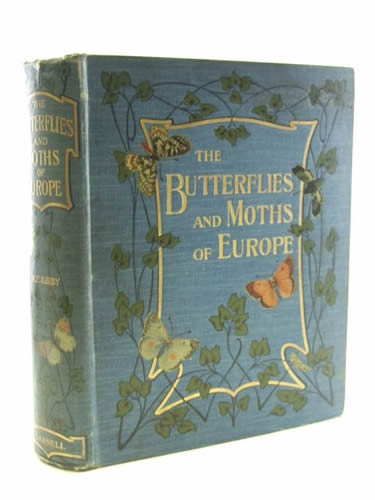
I showed him some wonderful books about moths, including the ‘Oxford Book of Insects’, received as a school prize in 1973 and still on my bookshelf. They have beautiful colour plates and everything you might want to know about the lives of a bewildering array of exotic and mysterious butterflies and moths. “They are like butterflies but they only come out at night” Isaac reasoned, “so how can we see them?”
I had asked that same question when I was around his age and out of it had come many years of exploration and discovery. From leaving my bedroom light on and drawing back the curtains, through sitting in the garden with a torch and later going out into the fields with a car headlight wired to a battery, I went looking for moths. I even tried to breed the exotic ones I thought I would never catch, using eggs and larvae ordered through the post. Butterflies are beautiful of course, but it was the difficulty of finding moths that was part of the attraction.
The climax of my moth hunting came at the end of my school years, at a field study centre on Exmoor where I first got to use a proper light trap. Compared to my cobbled-together equipment this was practically space-age technology and in one night the powerful mercury vapour bulb brought me the best collection of specimens I have ever seen and the sullen displeasure of everyone who had been kept awake by the equivalent of a lighthouse outside their bedroom window. Extension leads were shorter in those days.
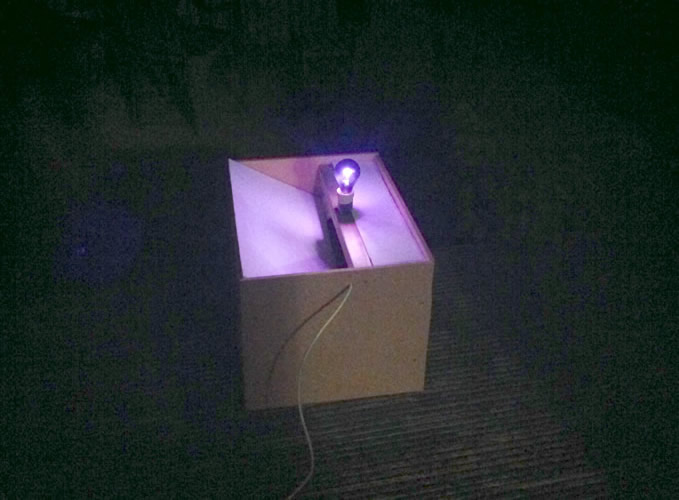
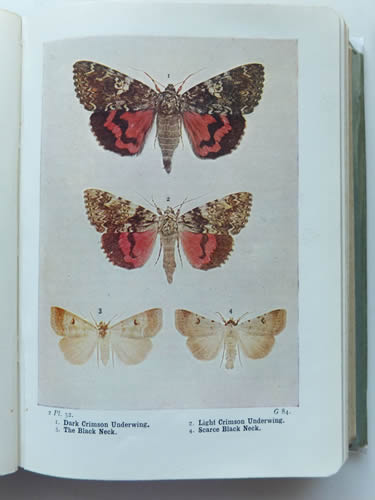
So, when Isaac asked the question “how can we see them?” the answer was obvious. He loves woodwork and making things and we soon had some leftover wood turned into a decent sized ‘Skinner trap’. This is essentially a sturdy box, with a top that slopes downwards under a batten on which is fixed a light source; the moths will be attracted to the light and will drop down the sloping sides and into the box where they will rest among a collection of old egg boxes. Finding a suitable light to attract them was a bit harder. A mercury vapour bulb was out of the question. Even if I could have found one (which, in the Forest of Dean, believe me you can’t) I had no wish to test the patience of my neighbours and the understanding of the local constabulary by putting something akin to the main landing lights at Heathrow in the garden.
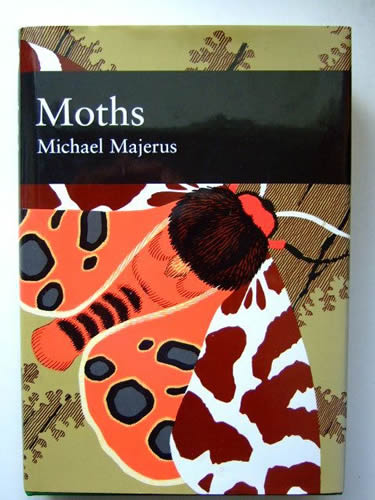


I settled for a blacklight bulb, which gives off very little visible light and an awful lot in the ultraviolet spectrum. Moths see very well in ultraviolet and this seemed the best compromise. We set everything up, carefully covered all the electrics in case of a shower and switched it on. Sadly for Isaac, it wasn’t very spectacular and the sky was not instantly filled with the fluttering wings of thousands of moths queuing to get into the trap. I explained we’d have to wait until morning to see what we had caught and he had to go to bed.
What did we catch? Well, pretty much nothing I’m afraid. I don’t think the little valley of Lydbrook is on any main moth highways. We did get two or three very small and very dull brown ones but the bright jewels I had hinted at did not appear. I don’t mind really, if I have sown even the tiniest seed of interest in finding out about ‘night butterflies’ then perhaps Isaac will have a go himself in the future. September is also the time when ‘Moth Night’ takes place. This is an annual event organised jointly by ‘Atropos’, the journal for butterfly and moth enthusiasts, and the Butterfly Conservation Group. They have a website at www.mothnight.info which will tell you all about how to find and record the moths in your local area.
Contributed by Phill Hucks (for Theresa)
(Published on 16th Oct 2015 )


